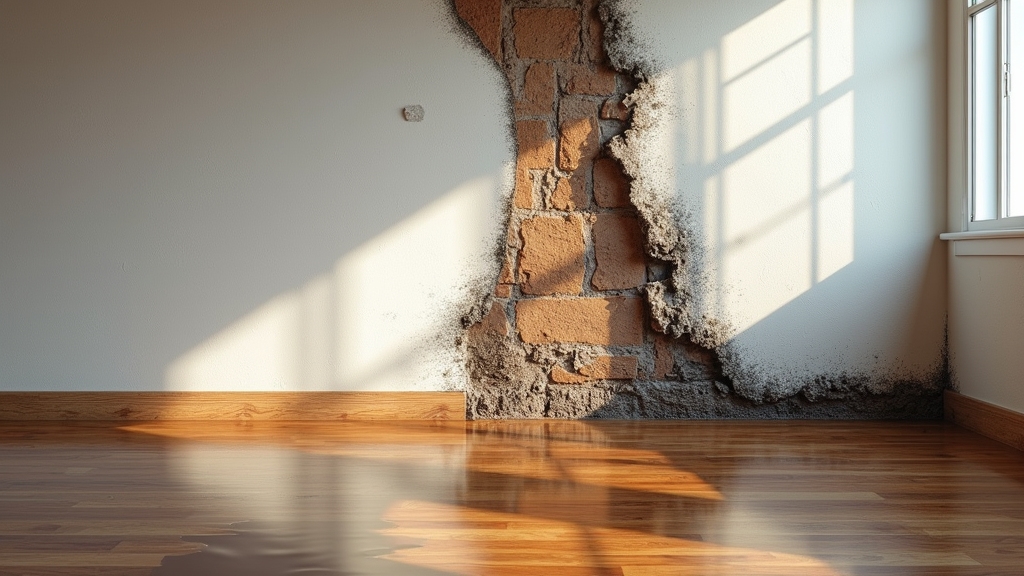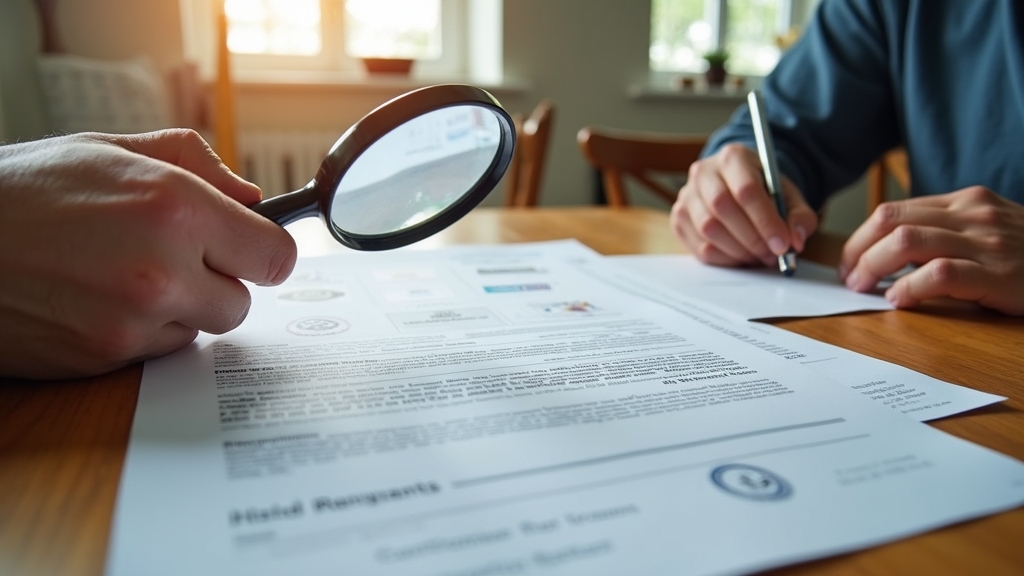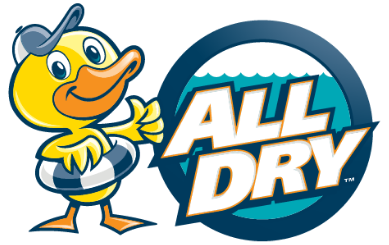Act fast—within 24–48 hours—to limit wicking, category escalation, and microbial growth. First, control the source, verify electrical safety, and document moisture mappingwith calibrated meters. Extract bulk water (HVE/weighted), remove non‑salvageable, set containment, and establish pressure differentials. Deploy air movers and dehumidifiers, monitor psychrometrics with hygrometers and data loggers, and validate drying curves daily. Hire IICRC‑certified proswith calibration certificates and itemized estimates. Add smart leak detection and auto‑shutoff to prevent recurrences. The next sections show exactly how.
Key Takeaways
- Act within the first 24–48 hours; rapid extraction and drying prevent wicking, mold growth, and escalating damage categories.
- Professional teams control the source, ensure safety, map moisture, extract water, set containment, and monitor drying daily to target dry standards.
- Use calibrated meters, hygrometers, air movers, dehumidifiers, IR cameras, and data loggers to find hidden moisture and validate drying progress.
- Choose IICRC-certified providers with 24/7 response, written site-specific plans, calibration certificates, clear pricing, and relevant references.
- Prevent future losses with smart leak detection, flow monitoring, automatic shutoff valves, and annual sensor calibration integrated with your BMS or app.
Why Speed Matters in Water Damage Situations

Because water migrates quicklythrough porous materials, speed determineswhether a structure is salvaged or compromised. In the first 24–48 hours, capillary action, vapor drive, and hygroscopic absorption spread moisture into framing, insulation, subfloors, and finishes.
Delay raises the water category via bacterial amplification and increases the affected class as materials reach fiber saturation. Rapid emergency responselimits wicking, curbs microbial growth, and protects assemblies with high replacement costs, directly supporting property preservation.
You minimize losses by initiating triage: verify source control, isolate unaffected zones, and document pre-mitigation conditions.
Prioritize materials by permeability and load-bearing function; gypsum board, MDF, and laminate fail faster than dimensional lumber or masonry. Early moisture mappingwith pin and pinless meters establishes a baseline and identifies hidden wet cavities.
Quick stabilization—temperature control and vapor pressure reduction—prevents secondary damage such as corrosion, delamination, and spalling. Acting fast compresses the drying timeline, reduces demolition scope, and preserves structural integrity and finishes.
The Step-by-Step Water Drying Process
Once the water sourceis controlled, you execute a structured drying workflow: perform a safety and electrical assessment; document and moisture-mapall assemblies; triage contents and move-outs; extract bulk waterwith weighted and HVE systems; remove non-salvageable porous materials; set containment and establish pressure differentials; configure environmental controls(temperature, RH, and GPP targets); deploy air moversfor boundary layer disruption; install dehumidification sized to class and grain depression; and schedule verification cycles with meter readings and psychrometric logs to adjust equipment and confirm progress toward dry standard.
You’ll begin with a moisture assessment to identify wet boundaries, materials, and affected cavities. Water extraction reduces free water fast, shortening the drying curve.
After demolition of unsalvageable drywall, carpet pad, or insulation, you’ll isolate zones to prevent cross-contamination. Balance airflow to surface area and material permeance; avoid over-driving that can aerosolize contaminants or cause secondary damage.
Track daily readings—surface, in-wall, and ambient—to validate grain depression and approach to equilibrium moisture content. When targets stabilize within the dry standard, proceed to cleanup and rebuild.
Tools and Technology Pros Use
Instrumentation drives effective drying. You’ll see pros arrive with calibrated moisture metersto map wet materials, set baselines, and verify progress. Pin and pinless models let you probe drywall, subfloors, and trim without guesswork. Hygrometerstrack ambient relative humidity, temperature, and grains per pound, guiding dehumidifier sizing and placement.
Air movers create high-velocity, laminar airflow across wet surfaces, accelerating evaporation. Techs calculate air changes and position units at 45-degree angles for uniform boundary-layer disruption. Low-grain refrigerant (LGR) dehumidifiers pull moisture from the air efficiently; desiccants handle cold or dense structural loads.
Infrared cameras reveal hidden moisture paths behind finishes, while borescopesaccess cavities with minimal demolition. Containment systemswith plastic sheeting and negative air machines isolate zones and control cross-contamination. Data loggersrecord psychrometric readings to validate drying curves.
For complex assemblies, wall-cavity drying systemsinject and exhaust air through baseboard ports, targeting interstitial spaces without removing entire walls.
How to Choose a Reliable Service Provider

Before you sign a work authorization, vet providers with the same rigor you’d apply to a contractor handling structural repairs. Validate contractor credentials: IICRC firm certification, technician cards (WRT/ASD), lead-safe and mold licenses where applicable. Confirm 24/7 mobilization, moisture mapping, and written drying goals tied to psychrometric readings. Scrutinize service reviews for consistency over time, not just star ratings. Demand chain-of-custody for photos, meter logs, and daily documentation.
- Ask for a site-specific drying plan: equipment counts, containment strategy, and monitoring cadence.
- Verify they own calibrated meters (pin, pinless, thermo-hygrometer) and can produce calibration certificates.
- Require references from similar building types.
| Criterion | What You Should Verify |
| Contractor credentials | IICRC firm, WRT/ASD techs, licenses |
| Response capability | 60–90 min arrival, 24/7 dispatch |
| Technical process | Psychrometrics, MLV goals, daily logs |
| Equipment standards | Desiccants/LGRs, HEPA, calibrated meters |
| Quality assurance | Supervisor sign-off, photo and meter records |
Choose firms that communicate variances and adjust the plan based on daily moisture readings.
Costs, Insurance, and What to Expect

With a vetted contractorselected, you need clear numbers, coverage, and documentation. Request written cost estimatesitemized by labor, equipment (air movers, dehumidifiers, HEPA scrubbers), containment, demolition, disposal, and rebuild allowances.
Confirm pricing units: per square foot, per day, or time-and-materials with standard rate sheets. Ask for moisture mapping, psychrometric readings, and daily logs; these substantiate scope and cycle time.
Confirm pricing units and request moisture mapping, psychrometric readings, and daily logs to substantiate scope and cycle time.
Clarify what your insurance coverageincludes: mitigation vs. reconstruction, code upgrades, and contents handling. File a claimpromptly, obtain a claim number, and authorize emergency services under “reasonable and necessary” mitigation.
Provide your adjuster the contractor’s estimate, photos, moisture reports, and dry-out certificates. Expect rapid mobilization(within hours), stabilization, controlled drying to IICRC S500 standards, and antimicrobial application as needed.
You’ll approve change ordersbefore scope expands. Final billing should match documented readings, equipment days, and verified dry standards. Retain lien releasesand warranties with the closing packet.
Preventing Future Water Damage
You prevent repeat losses by scheduling routine maintenance checks—inspect supply lines, HVAC condensate drains, sump pumps, and flashing, and document findings.
You also deploy smart leak detection: install flow-based shutoff valves on the main, point-of-leak sensors near risk zones, and set alert thresholds in the app.
Tie both into a maintenance planwith incident logs, test intervals, and battery/wifi audits to guarantee rapid response.
Routine Maintenance Checks
Although drying equipment solves today’s moisture problem, routine maintenance checksprevent tomorrow’s water damage. You need routine inspections aligned to documented maintenance schedules.
Verify shutoff valves operate, exercise them quarterly, and replace degraded packing. Inspect supply linesfor abrasion, bulging, or corrosion; upgrade to braided stainless where feasible.
Check caulking and sealantsat penetrations and wet rooms; re-seal if gap width exceeds tolerance. Test sump pump operation, float switches, and backflow preventers; clean intakes and confirm discharge routing.
Examine roof flashing, gutters, and downspoutsfor debris and secure slope to direct runoff away from the foundation. Monitor HVAC condensate drains, P-traps, and pans; clear algae and confirm proper pitch.
Log findings, date components, and remediate deficiencies promptly to reduce exposure and claims.
Smart Leak Detection
Even before visible moisture appears, smart leak detection systemsidentify anomalies and shut risk down.
You deploy networked moisture sensorsat pipe runs, appliance feeds, and slab penetrations, then pair them with flow metersthat baseline normal consumption. When analytics flag continuous flow, pressure drops, or localized humidity spikes, the controller signals an automatic shutoff valveto isolate the line.
Prioritize sensors with low false-positive rates, replaceable batteries, and IP-rated housings.
Configure thresholds by zone, set escalation rules, and integrate alerts with your BMS or mobile app. Calibrate annually and validate signal strength in interference-prone areas.
For multi-tenant or mixed-use properties, segment loops to minimize downtime. This proactive leak detection strategyshrinks loss severity, preserves building materials, and reduces claims by acting in minutes, not hours.
Frequently Asked Questions
Are Water Drying Services Available for Historic or Heritage-Listed Properties?
Yes, specialized providers service heritage-listed properties. You’ll receive moisture mapping, controlled dehumidification, and non-invasive extraction aligned with historic preservation and heritage restoration standards, using reversible methods, environmental monitoring, documentation, and conservator coordination to protect original fabric and comply with regulations.
Can Drying Procedures Be Scheduled Around Business Operating Hours?
Yes. You can schedule drying procedures around operating hours using flexible scheduling. Technicians stage equipment, isolate zones, and sequence tasks to minimize business interruptions, maintain egress, and meet regulatory requirements, including negative-pressure containment, noise control, and after-hours monitoring with documented moisture readings.
Do Services Address Lingering Odors Without Harsh Chemicals?
Yes. You’ll get odor neutralization techniques that avoid harsh agents, leveraging chemical free solutions like hydroxyl generators, HEPA filtration, vapor-phase ozone alternatives, and enzyme-based biodegradation. Technicians test VOCs, map odor sources, and validate results with IAQ meters and post-remediation verification.
What Documentation Is Provided for Real Estate Disclosures?
You receive a detailed moisture map, drying logs, psychrometric readings, equipment records, antimicrobial usage notes, photos, and a post-mitigation report. These support real estate regulations, disclosure compliance, and your property inspection, documenting source, affected materials, remediation steps, and verification.
Are Eco-Friendly or Low-Energy Drying Options Available?
Yes. You can request green drying using low-amp desiccant dehumidifiers, variable-speed air movers, and heat-assist mats. Technicians calibrate grains-per-pound targets, monitor kWh, and optimize airflow paths, delivering sustainable practices while maintaining IICRC S500 standards and moisture-mapping verification.
Final Thoughts
When water damage strikes, every minute matters. Acting within 24–48 hoursis critical to prevent wicking, microbial growth, and escalating damage categories. Rapid extraction, controlled drying, and proper documentation are the cornerstones of successful mitigation. Whether it’s a minor leak or large-scale flooding, following IICRC S500 standards ensures your structure and contents are preserved safely and efficiently.
However, large-scale drying projects demand expertise, specialized equipment, and constant monitoring. That’s whereAll Dry Services of North Las Vegascomes in. Their IICRC-certified professionals specialize inwater damage restoration,flood damage cleanup, andleak detection services. Using advanced moisture mapping, calibrated meters, and controlled containment systems, they restore properties safely and efficiently.
Their team also provides completemold removal and remediation,odor removal, andfire damage restorationto handle every stage of recovery. You’ll receive detailed moisture logs, equipment documentation, and photo reports to support insurance claims and post-restoration verification.
Protect your investment before small moisture issues turn into major structural problems. CallAll Dry Services of North Las Vegastoday at 702-213-7391orrequest a free estimate online. Their 24/7 response team is ready to assess, extract, and dry your property—helping you recover faster and stronger.

